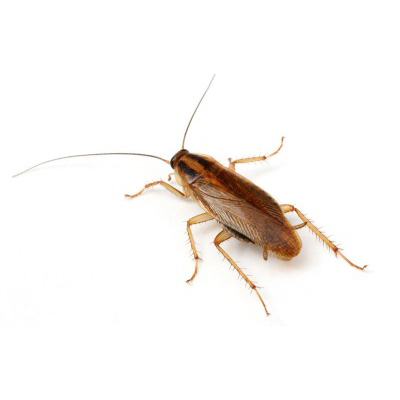
25 Jan The Toughest Pest to Eliminate: The German Cockroach
Most common household pests are quite adaptable. They’ve all spent years, centuries even, learning where to forage for food and find adequate shelter. With the age of industrialization came the creation of artificial environments; that is, adjustable heating and cooling depending on external temperatures. These artificial environments have become prime real estate for pests, especially the German cockroach.
These critters have learned to adapt to our environment just as well, if not better, than any other species. This, coupled with the fact that the female can carry up to 40 eggs makes them even harder to control.
A little fun (but frightening) fact about the German cockroach: nymphs (baby cockroaches) reach sexual maturity and can reproduce in as little as 45-60 days. A single female can reproduce anywhere between five and eight times in its lifetime. This can result in 200-250 eggs per female.
As if this little fact isn’t disturbingly enlightening enough, what further contributes to the difficulty in controlling them is their ability to fit into the tightest of spaces, almost undetected. German cockroaches prefer tight, inaccessible spaces. They prefer the feeling of pressure on their back and belly, simultaneously. Essentially, they like being sandwiched. This makes spotting them and subsequently eliminating them very difficult.
Further supporting their survival and rapid reproduction is that they have no natural predators in a human habitat. And as if this wasn’t worrying enough, they can develop resistance to certain pesticides!
One of the principal things to keep in mind is that pest control does not and cannot completely prevent pests from entering your structure. If there is a way in, pests like German cockroaches will use it. However, if activity is identified it’s important to keep it from getting out of control, as quickly as possible.

Sorry, the comment form is closed at this time.